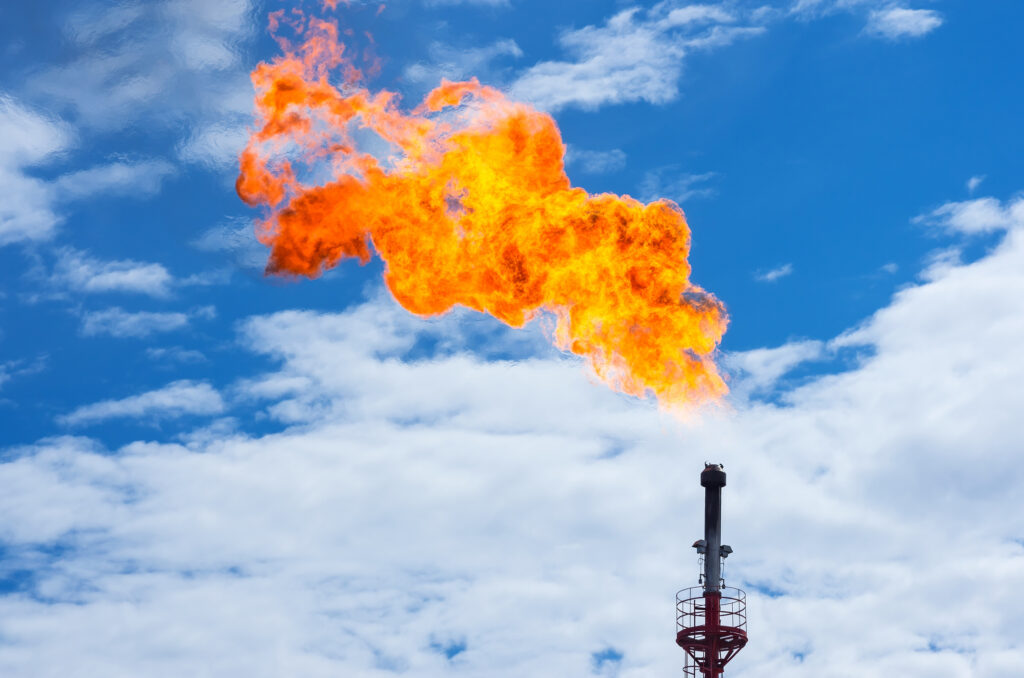(World Oil)– Greenhouse gas emissions from the Permian Basin have declined nearly 20% since 2022 even as oil and gas production increased, according to a new analysis by S&P Global Commodity Insights. The report highlights significant progress in methane detection and mitigation technologies across one of the world’s most productive hydrocarbon regions.

Between 2022 and 2024, total Permian emissions fell by 25 million metric tons of carbon dioxide equivalent, while production grew by the equivalent of 500,000 barrels per day. The reduction was driven largely by improved methane management, as operators adopted advanced monitoring systems, upgraded equipment, and integrated artificial intelligence into field operations. S&P estimates methane intensity fell by more than 50% during the period.
“The data show a fundamental shift,” said Kevin Birn, Head of the Center for Emissions Excellence at S&P Global Commodity Insights. “In recent years, more barrels are being produced with fewer emissions — something we hadn’t seen before in the basin.”
The report found that in 2024, the Permian produced nearly 11 million barrels of oil at an average greenhouse gas intensity of 22 kilograms of CO₂ equivalent per barrel of oil equivalent. However, intensity levels vary widely between wells, reflecting differences in operational practices and reservoir conditions.
According to Raoul LeBlanc, Vice President for Global Upstream at S&P Global, the integration of real-time emissions data into daily operations has made methane management “a normalized part of field practices,” helping drive basin-wide reductions while sustaining record production levels.

